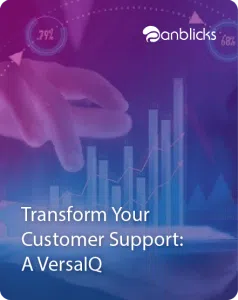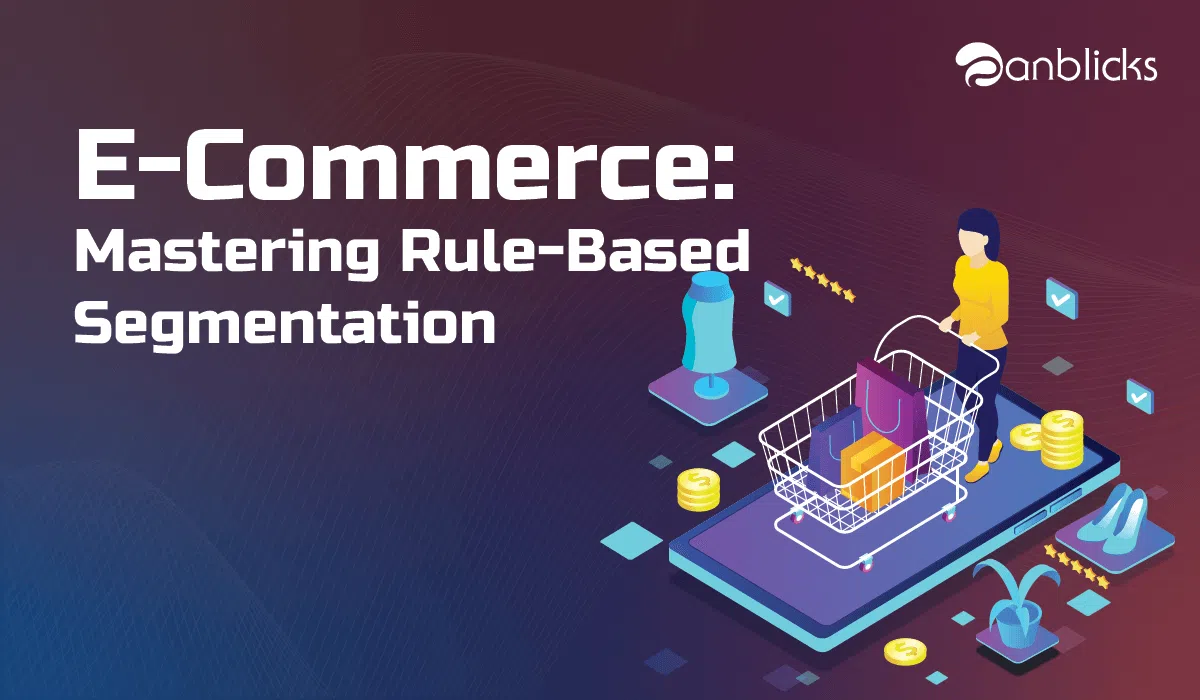TL;DR
- Rule-based segmentation categorizes customers using predefined criteria like demographics and behavior.
- It helps tailor marketing strategies and improve targeting.
- Effective implementation requires data analysis to create and refine segmentation rules.
1. Based on Order Status
Here we segment customers based on their Order status. Segmenting them will help determining incentive strategy.
- First-time Customers: whether they are logged-in users or guest users, whether they are repeat buyers or first-time shoppers. The behavior of the repeat buyers and first-time shoppers is not the same. If it is a first-time buyer, they can be offered a special discount so that they are more likely to complete their purchase.
- Customers with Abandoned Carts: Those customers loved your products but something wrong happened made them leave your store. It might be your shipping fees or something else.
- Customers with Canceled Orders: You need to know why Customers have changed their minds on their purchases to fix and develop your website shopping experience.
- Repeated Customers: These are the Customers with more than two orders. Repeated customers are most likely to become your “Loyal Customers”, you need to follow up with them and make sure they are satisfied with your products and service.
- Loyal Customers: These are the Customers with orders more than a certain number or value. Loyal Customers are your raving fans; they expect a special treatment, such as offers and coupons, and they always share their positive word of mouth across their network of friends and families. Some even love you so much that they start selling for you.
2. Based on Purchases
You can segment customers based on how long back they made a purchase on the store.
- Recent Buyers: These are the Customers who have made a purchase in the last 30 days. These customers may not need a special promotion as the shopping experience and your products are still fresh in their minds.
- Inactive Customers: These are the Customers with no purchases in the past six months. Inactive Customers are easier to win back than acquiring new customers. They already know you, and they bought from you once before. Customers are forgetful; they might just need a reminder, or might just need a coupon to come over and buy again.
3. Based on the Value of goods bought
This represents the group of buyers with the highest order value. It’s definitely worth investing some time in this segment as research suggests that a high value buyer can be as much as 30 times more valuable than the rest.
4. Based on Location
This involves breaking down customers based on their location. This way you can understand their local preferences and behaviors and then tailor your marketing messages.
5. Personal Information
You may also be collecting lots of personal information about your customers such as age, gender, their preferences, income, etc. All this information can again be used to personalize how you target them and craft offers for them.
In most cases, the segmentation is based on simple rules such as value, geography, order aging etc. These could be accomplished with simple segregation of customer demographic or transactional data. However, we will also discuss segmentation based on multiple criteria or variable features, not explicitly defined but is learned from the data that is provided. This type of segmentation is achieved by machine learning algorithms.

Anblicks is a Data and AI company, specializing in data modernization and transformation, that helps organizations across industries make decisions better, faster, and at scale.




